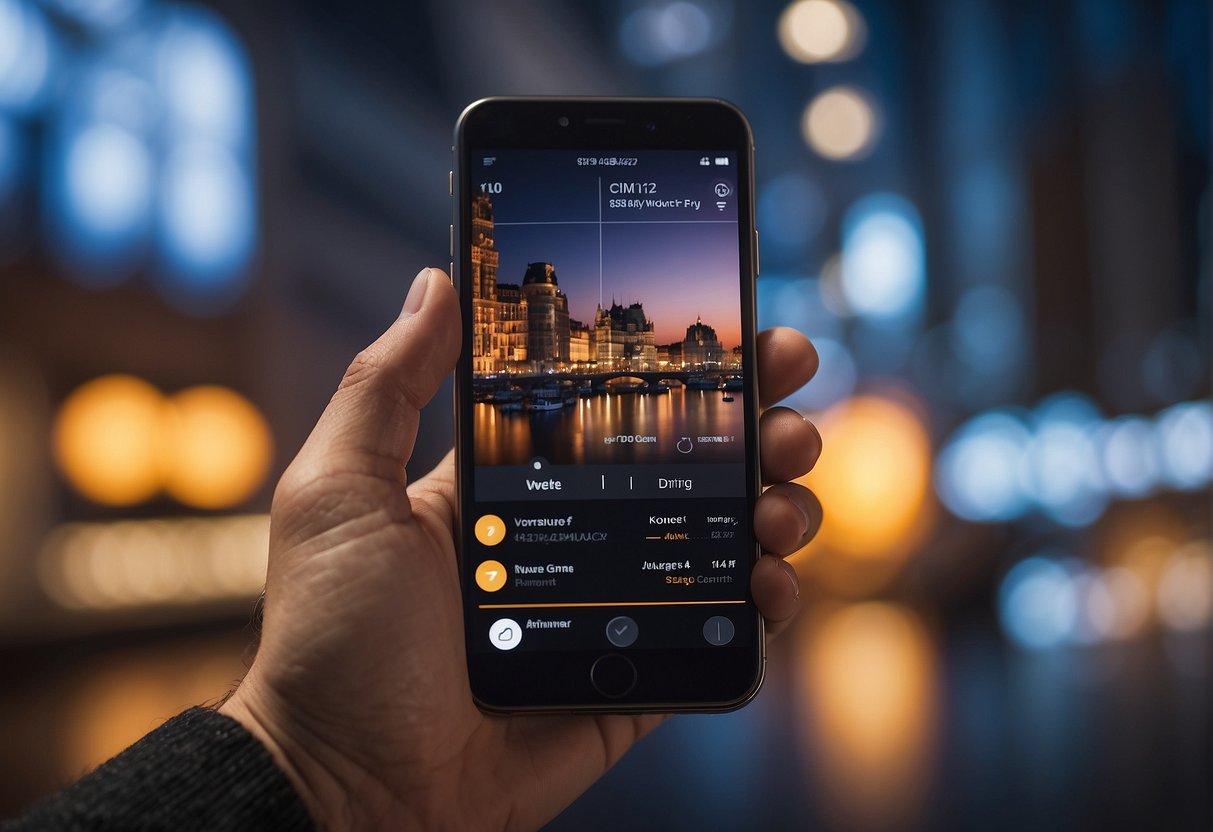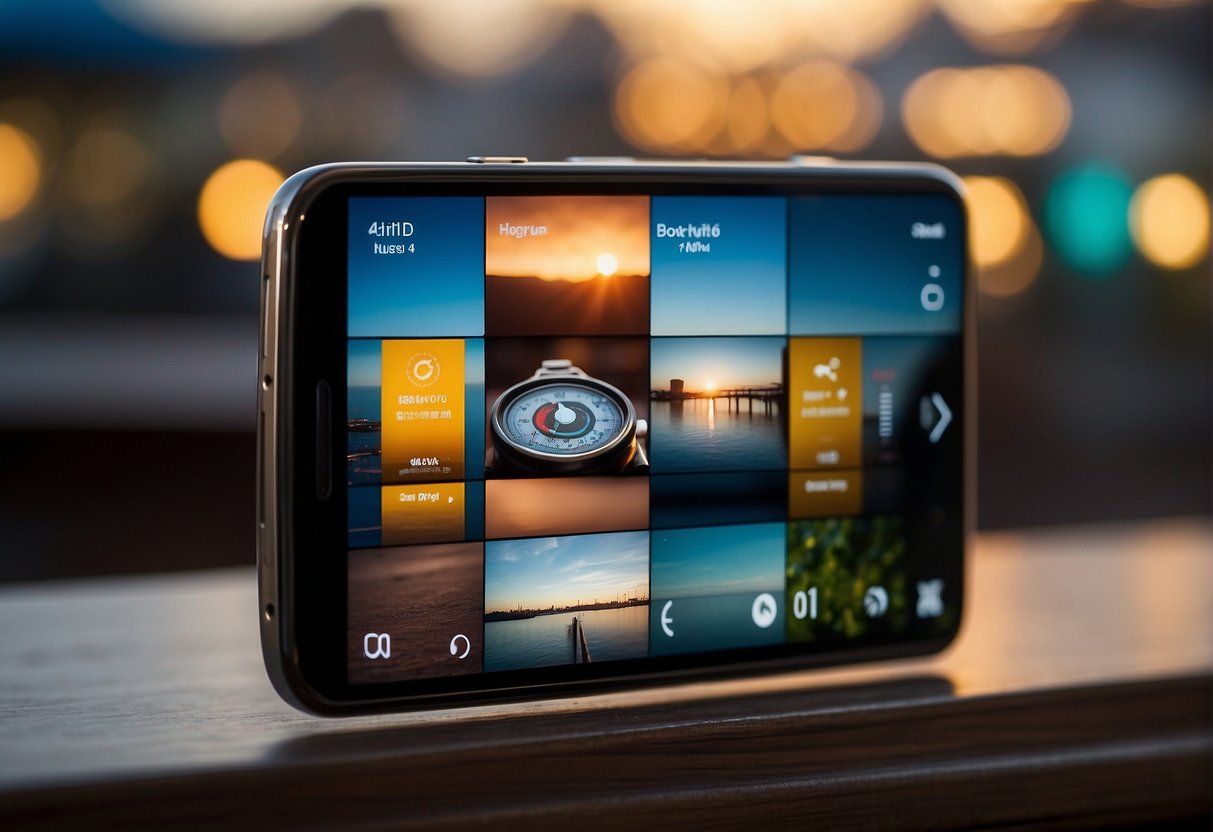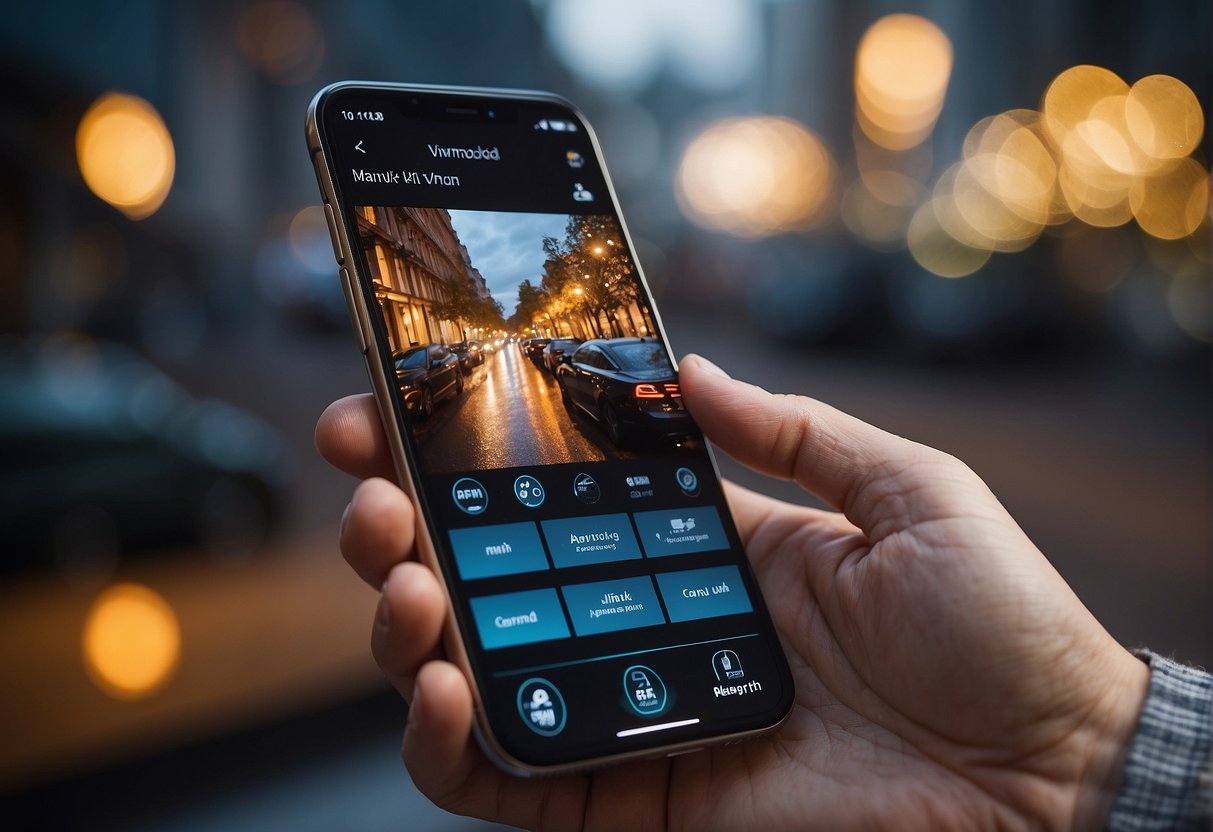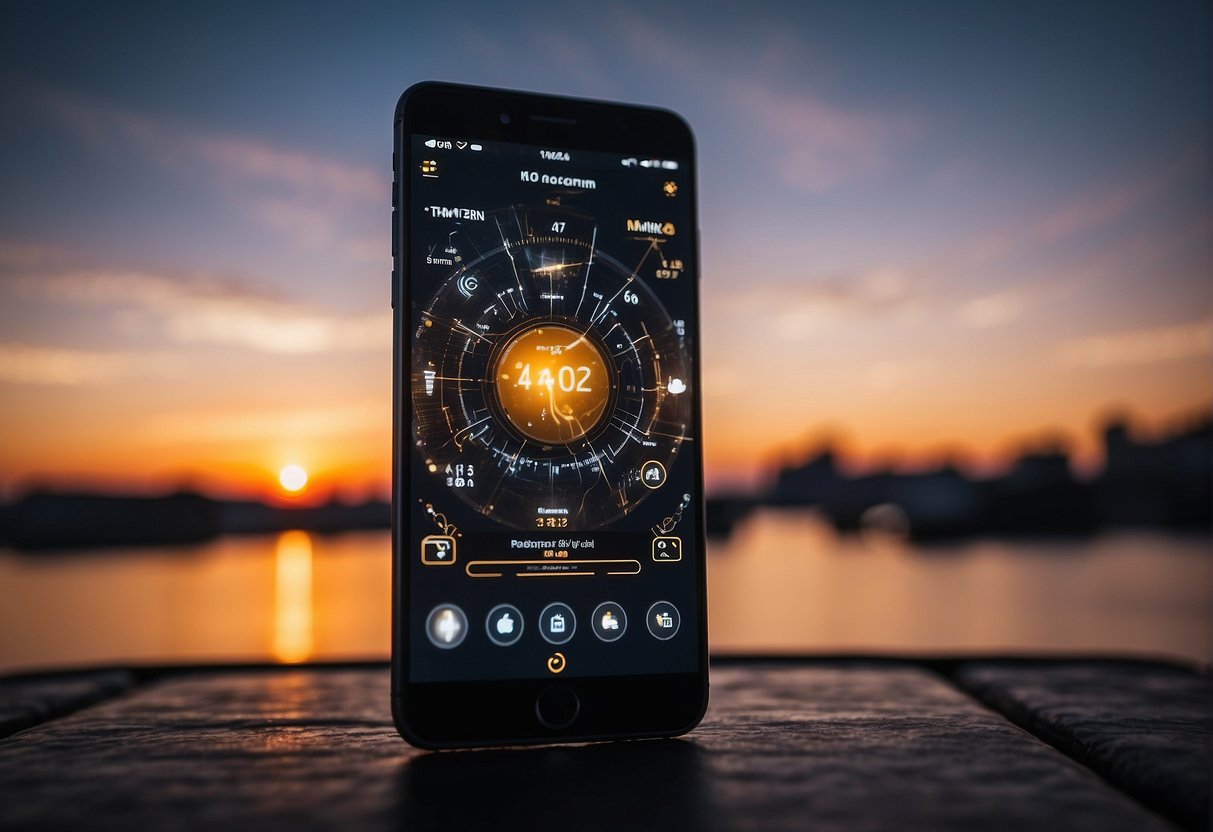Designing user-friendly navigation for mobile sites is crucial in today’s digital landscape where mobile usage has surpassed desktop usage.
Mobile users expect a seamless and intuitive experience when navigating through a website or app. However, designing navigation for mobile sites can be challenging as the screen size is smaller, and users interact with the site differently than on desktop.
Understanding Mobile User Behavior is the first step in designing user-friendly navigation for mobile sites.
Mobile users tend to have shorter attention spans and less patience than desktop users. Therefore, the navigation should be simple and easy to use, allowing users to find what they need quickly.
Additionally, mobile users interact with their devices differently, using touch screens and gestures. Designing navigation that is optimized for these interactions can greatly improve the user experience.
Design Principles for Mobile Navigation are essential to creating user-friendly navigation for mobile sites.
Navigation should be clear and consistent throughout the site, allowing users to easily understand where they are and how to get to where they want to go.
Additionally, navigation should be designed with the user’s goals in mind, providing easy access to the most important content and features.
Using a minimalist approach to design can also help improve the user experience by reducing clutter and distractions.
Key Takeaways
- Understanding mobile user behavior is essential to designing user-friendly navigation for mobile sites.
- Design principles such as consistency, simplicity, and user-centered design can greatly improve mobile navigation.
- Testing and refining navigation is crucial to ensuring a seamless and intuitive user experience.
Understanding Mobile User Behavior

Mobile devices are becoming increasingly popular for browsing the internet, with 57% of browsing time spent on mobile devices. As such, it’s important to design mobile sites with user experience (UX) in mind.
Importance of User Experience
Mobile users tend to have different expectations and requirements than desktop users. They are often looking for quick information or completing tasks on-the-go. Therefore, it’s important to design mobile navigation with simplicity and ease-of-use in mind.
A clean and uncluttered design with easy navigation is crucial for a positive user experience.
Key elements, such as menus and call-to-action buttons, should be carefully placed to enhance user experience.
Additionally, touch-friendly interactions and a mobile-first approach can help create a seamless user experience.
Mobile vs. Desktop Navigation Differences
Mobile navigation differs from desktop navigation in a few key ways.
Firstly, screen size is significantly smaller on mobile devices, making it important to prioritize key information and make it easily accessible.
Secondly, mobile users often navigate with their fingers, which can be imprecise compared to a mouse. Therefore, buttons and menus should be large enough for easy tapping.
Design Principles for Mobile Navigation

Mobile navigation design is a critical aspect of website design that aims to enhance user experience and encourage seamless exploration of content. The following design principles can help create user-friendly mobile navigation:
Simplicity and Clarity
Mobile navigation should be simple and easy to understand, with clear labels and minimal clutter.
A simple and clear navigation structure can help users find what they are looking for quickly and easily.
The use of icons and symbols can also help to convey meaning and reduce clutter.
Consistency Across Pages
Consistency is key when it comes to mobile navigation.
Navigation elements such as menus, buttons, and icons should be consistent across all pages of the website.
This can help users navigate the site more easily and reduce confusion.
Prioritizing Content and Features
Prioritizing content and features is an important aspect of mobile navigation design.
The most important content and features should be easily accessible and prominently displayed.
This can help users find what they are looking for quickly and easily.
Navigation Patterns and Menu Design

Mobile navigation patterns and menu design are crucial elements in creating user-friendly mobile sites. A well-designed navigation system helps users to quickly and easily find what they are looking for, improving their overall experience.
Common Mobile Navigation Patterns
There are several common mobile navigation patterns that designers can use to create effective navigation systems.
One of the most popular patterns is the hamburger menu.
The hamburger menu is a three-line icon that is usually placed in the top left or right corner of the screen. When clicked, it opens a menu that displays the site’s navigation options.
Another common pattern is the use of tabs, which are usually placed at the bottom of the screen and allow users to switch between different sections of the site.
Optimizing Menus for Touch Interactions
When designing mobile navigation menus, it is important to optimize them for touch interactions.
This means that designers should make sure that the menu items are large enough to be easily tapped with a finger, and that there is enough space between them to prevent accidental taps.
Dropdown menus can be particularly problematic on mobile devices, as they can be difficult to use with touch interactions. Therefore, designers should consider using other types of menus, such as slide-out menus or accordion menus.
Effective Use of Icons and Labels
Icons and labels can be used to make mobile navigation menus more intuitive and user-friendly.
Icons can be used to represent different sections of the site, making it easier for users to identify where they need to go.
Labels can be used to provide additional context and information about each menu item.
It is important to use clear and concise labels that accurately describe the content of each section.
Improving Navigation with Advanced Techniques

Responsive and Adaptive Designs
One of the most important aspects of user-friendly navigation is having a website that is responsive and adaptive.
This means that the website design should be able to adjust to different screen sizes and resolutions.
By doing so, the navigation menu can be optimized for different devices, making it easier for users to navigate on mobile devices.
Responsive web design uses media queries to adjust the layout of a website based on the screen size of the device. This ensures that the navigation menu is always visible and accessible, regardless of the device being used.
Adaptive design, on the other hand, uses a combination of server-side and client-side techniques to detect the device being used and adjust the layout accordingly.
Enhancing Readability with Typography and Contrast
Another important factor in designing user-friendly navigation is enhancing readability through typography and contrast.
Using clear and legible fonts can make it easier for users to read and understand the navigation menu.
Additionally, using contrasting colors between the background and text can help improve readability.
One effective technique is to use larger font sizes for the main navigation items and smaller font sizes for sub-items. This helps to create a visual hierarchy and makes it easier for users to scan and find what they are looking for.
Speed Optimization for Better User Engagement
Loading speed is a crucial factor in user engagement and can greatly impact the effectiveness of user-friendly navigation.
Slow loading times can lead to frustration and cause users to abandon the website. Therefore, it is important to optimize the loading speed of the website.
One way to do this is by minimizing the file size of images and other media used in the navigation menu.
This can be achieved by compressing images and using vector graphics where possible.
Another technique is to use lazy loading, which delays the loading of images until they are needed.
Testing and Refining Navigation

Designing a user-friendly navigation for mobile sites is a challenging task, and it requires testing and refining to ensure that it meets the needs of the users.
User Testing and Feedback
One of the best ways to test the navigation of a mobile site is through user testing.
User testing involves observing users as they interact with the site and asking them to perform specific tasks.
This type of testing can provide valuable feedback on the usability of the navigation and help designers identify areas for improvement.
During user testing, designers should look for consistency in the navigation.
Consistency is essential because it helps users understand how the site works and where they can find the information they need.
Designers should also look for ease of navigation.
Navigation should be intuitive and easy to use, and users should be able to find what they are looking for quickly.
Analyzing Navigation Data for Improvements
Another way to refine the navigation of a mobile site is by analyzing navigation data.
Navigation data can provide valuable insights into how users are interacting with the site and where they are encountering issues.
Designers should look at data such as bounce rates, exit rates, and time on site to identify areas of the site where users are struggling.
They can also use heat maps to see where users are clicking and where they are not.
This type of data can help designers identify areas for improvement and make changes to the navigation to improve the user experience.



